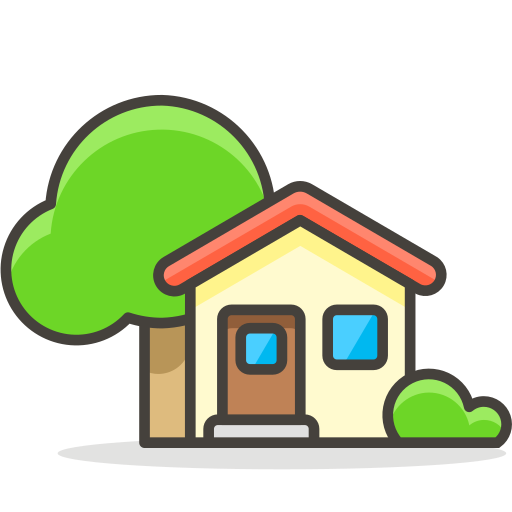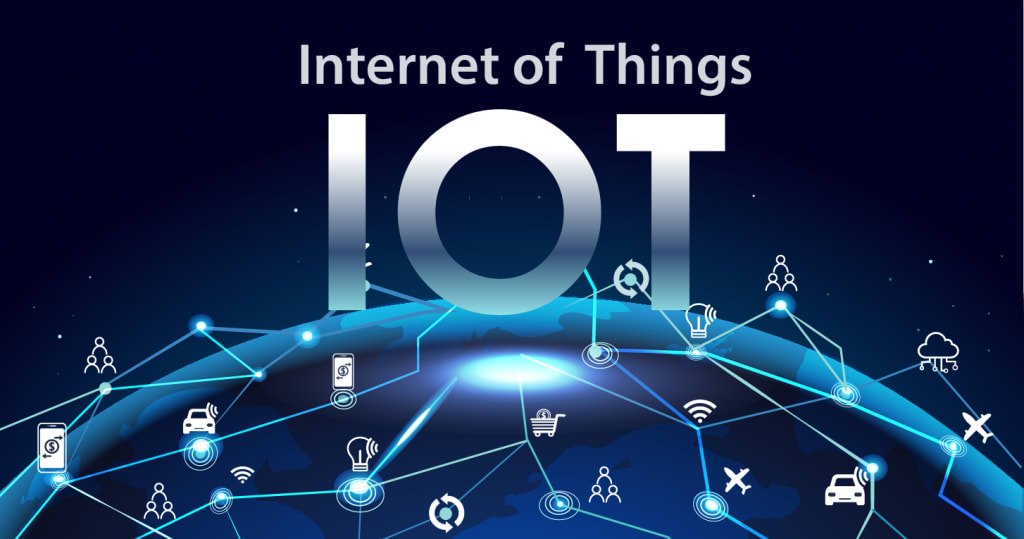The Internet of Things, or IoT, is no longer a futuristic concept relegated to science fiction. It is here, and it is reshaping the very fabric of our daily existence. From the moment we wake up to the instant we close our eyes, IoT devices work silently and efficiently, enhancing convenience, security, and even our well-being.
The Dawn of an Interconnected World
Imagine a world where every device, appliance, and even infrastructure around you talks to one another, sharing information, optimizing functions, and anticipating your needs without you lifting a finger. This is the reality that IoT promises—a seamless ecosystem of connected objects improving how we live, work, and interact.
How IoT Devices Enhance Daily Living
IoT touches every aspect of life:
-
Smart homes that adjust lighting and temperature automatically.
-
Wearables monitoring health and fitness in real time.
-
Connected cars that communicate with traffic systems for safer travel.
-
Smart cities reducing energy waste and optimizing resources.
This revolution in connectivity is not just about gadgets; it’s about creating a world where technology serves you intuitively.
The Rapid Growth of IoT
Statistics speak volumes. By 2025, it’s projected that over 75 billion IoT devices will be in operation globally, permeating sectors like healthcare, agriculture, manufacturing, and retail. This explosive growth signals a transformation unlike any we have seen before.
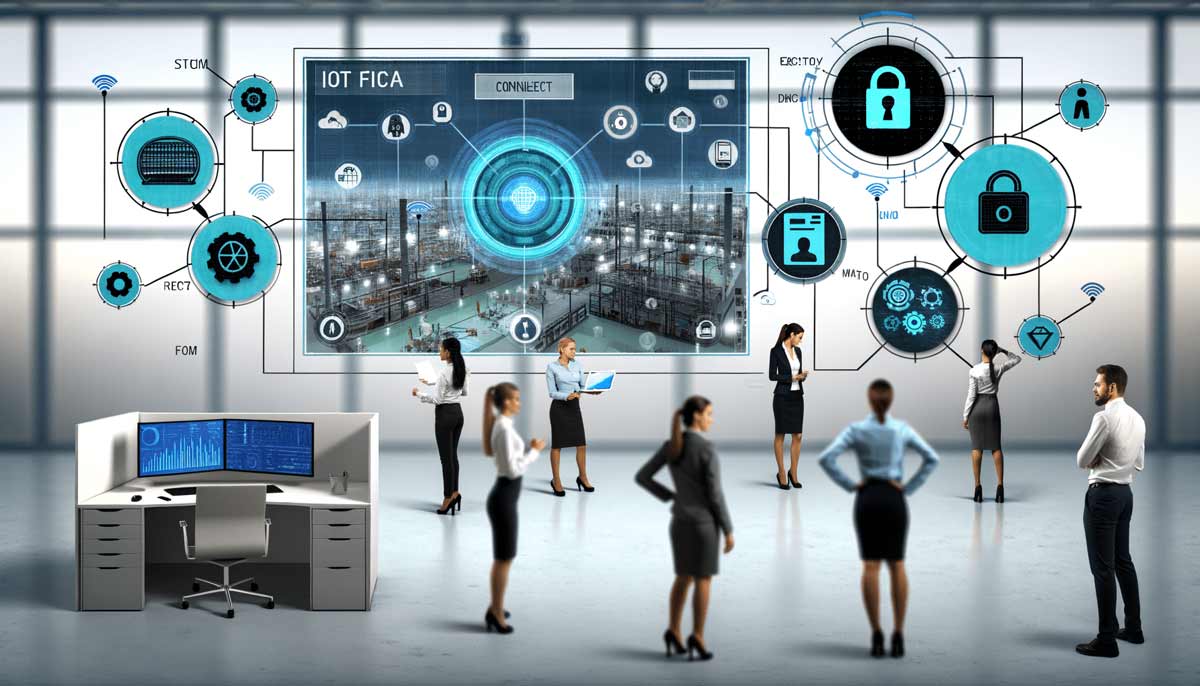
The-IoT-Revolution-and-Your-Business-Recovered
A Closer Look: How Smart Homes Are Transforming Our Personal Spaces
One of the most visible and impactful areas of IoT is the smart home. From connected thermostats to intelligent security systems, IoT is making homes safer, more energy-efficient, and incredibly convenient.
Intelligent Climate Control: Comfort Meets Efficiency
Smart thermostats like Nest or Ecobee learn your schedule and preferences, adjusting heating and cooling automatically. This not only improves comfort but significantly reduces energy consumption, cutting utility bills.
The Magic Behind the Scenes
Using sensors and AI algorithms, these devices analyze factors such as weather forecasts, occupancy patterns, and even your daily routines to optimize indoor climate in real time.
Smart Security Systems: Protecting What Matters Most
Gone are the days of simple alarms. Modern IoT-enabled security cameras and sensors provide live feeds accessible from anywhere, facial recognition to differentiate between family members and strangers, and instant alerts on suspicious activities.
Real-Time Peace of Mind
Whether you are at work or on vacation, your smart home watches over your loved ones and possessions, alerting you immediately of any breach or anomaly.
Voice Assistants: Your Digital Concierge
Devices like Amazon Alexa, Google Assistant, and Apple’s Siri have become household staples. These assistants can control lights, play music, manage your calendar, and even order groceries—often before you explicitly ask.
Healthcare Revolution: Personalized and Preventive Medicine Through IoT
Healthcare is undergoing a profound transformation driven by IoT. Connected medical devices and wearables are enabling continuous monitoring and early diagnosis, which can save lives and reduce costs.
Wearable Health Tech: A New Frontier
From fitness trackers to advanced biosensors, wearables measure heart rate, blood oxygen, sleep quality, and even detect irregularities such as arrhythmias.
Empowering Patients and Doctors
These devices not only provide individuals with insights into their health but also allow healthcare professionals to remotely monitor patients, adjust treatments, and intervene early.
Remote Patient Monitoring: Bridging Distances
IoT devices enable patients to be monitored from home, reducing hospital stays and improving comfort. This is particularly vital for chronic conditions like diabetes, hypertension, and respiratory diseases.
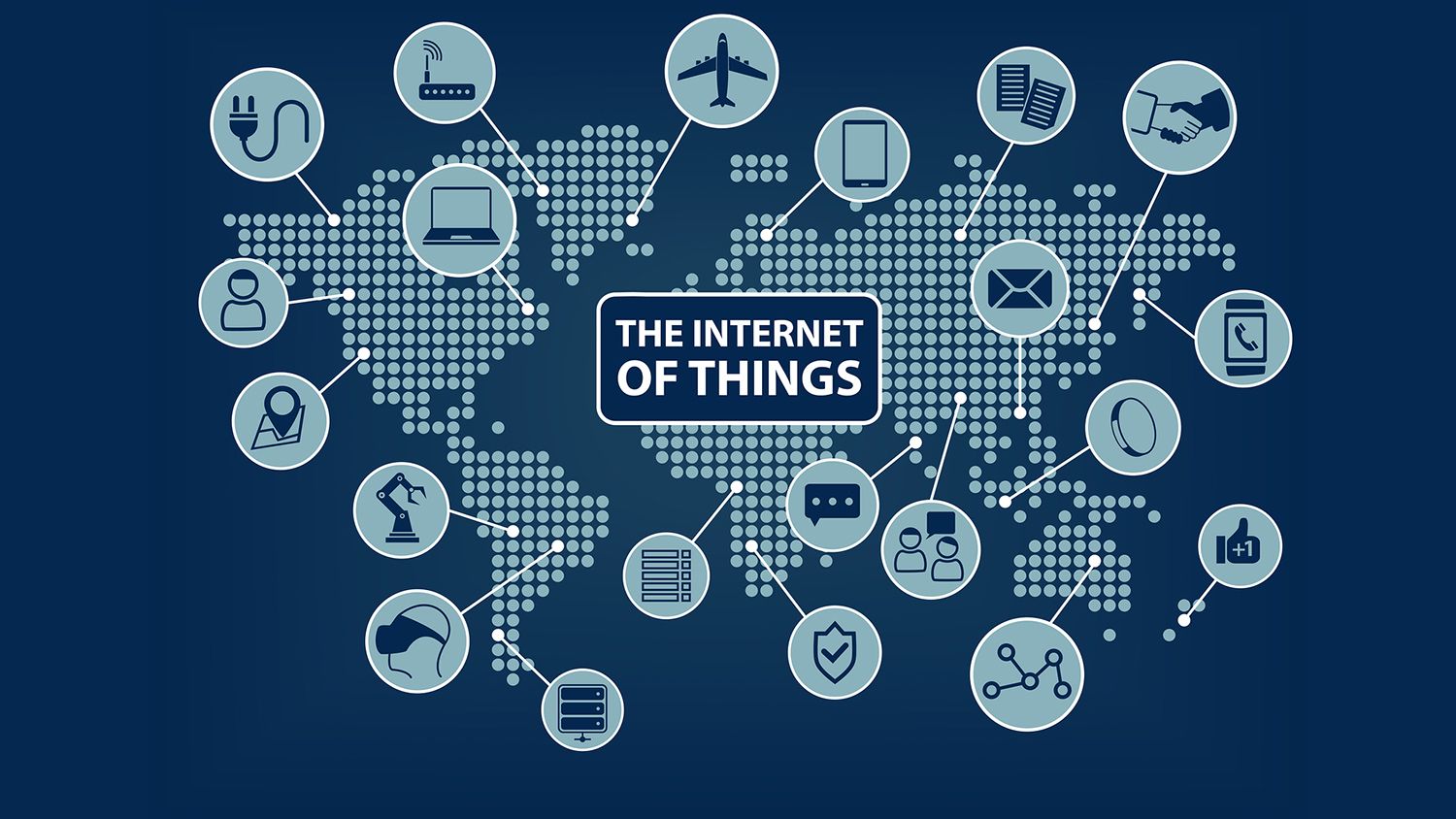
Living Connected: How IoT Is Weaving Itself Into Every Corner of Our Lives
Industrial IoT: The Backbone of Modern Manufacturing
Beyond homes and healthcare, IoT is the secret engine driving Industry 4.0—the fourth industrial revolution. Factories are becoming “smart” with connected machinery, predictive maintenance, and real-time analytics.
Predictive Maintenance: Preventing Downtime
Sensors embedded in machines detect anomalies before breakdowns occur, scheduling maintenance only when necessary. This reduces costly downtime and extends equipment lifespan.
Case Study: Automotive Industry
Car manufacturers have reported up to 25% reductions in maintenance costs and 20% improvements in operational efficiency through IoT-driven predictive maintenance.
Supply Chain Optimization: Visibility at Every Step
IoT trackers monitor inventory, shipments, and storage conditions, providing real-time visibility that streamlines operations and reduces waste.
Environmental Monitoring: Protecting Our Planet Through IoT
IoT isn’t just about convenience and efficiency—it’s playing a crucial role in sustainability and environmental preservation.
Smart Agriculture: Growing More with Less
Farmers use IoT sensors to monitor soil moisture, temperature, and crop health, enabling precision farming that conserves water and maximizes yield.
Pollution Tracking and Control
IoT devices measure air and water quality in cities, alerting authorities and citizens to pollution levels and enabling swift action.
Table: Key IoT Applications and Their Benefits
| Sector | IoT Application | Key Benefits |
|---|---|---|
| Smart Homes | Climate control, security | Energy savings, enhanced safety |
| Healthcare | Wearables, remote monitoring | Early diagnosis, patient comfort |
| Manufacturing | Predictive maintenance | Cost reduction, efficiency |
| Agriculture | Soil sensors, automated irrigation | Resource conservation, yield improvement |
| Environmental | Pollution sensors | Real-time alerts, sustainability |
Why Is IoT Adoption Accelerating So Rapidly?
The pace of IoT integration into daily life is staggering. Several factors fuel this rapid adoption:
-
Decreasing hardware costs make IoT devices affordable.
-
Advancements in wireless connectivity (5G, LPWAN) enhance device communication.
-
Cloud computing and AI enable powerful data processing and analytics.
-
Consumer demand for convenience and personalized experiences.
Together, these forces create a perfect storm driving IoT proliferation.
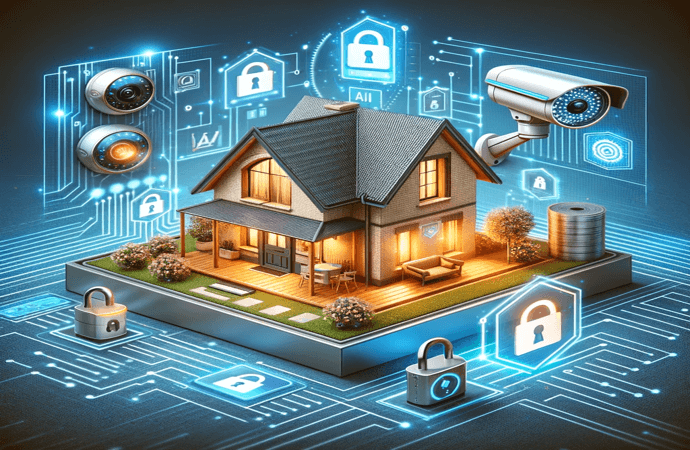
Living Connected: How IoT Is Weaving Itself Into Every Corner of Our Lives
Factors of Successful IoT Implementation
Implementing IoT solutions isn’t just about technology; it requires strategic planning and integration:
-
Robust security protocols to protect data and privacy.
-
Interoperability standards ensuring devices from different manufacturers work together.
-
Scalable infrastructure to handle vast data volumes.
-
User-friendly interfaces to encourage adoption.
These factors determine whether IoT projects succeed or falter.
Reasons of IoT’s Growing Influence in Everyday Life
Beyond technical factors, human and societal trends push IoT forward:
-
Increased digital literacy makes users comfortable with connected devices.
-
Urbanization demands smarter infrastructure and services.
-
Aging populations require health monitoring and assistance.
-
Environmental concerns drive demand for sustainable solutions.
IoT aligns perfectly with these evolving needs.
A Guide to Embracing IoT in Your Life Today
Getting started with IoT might seem daunting, but it’s easier than you think:
-
Identify pain points or needs in your home or work.
-
Research trusted IoT products and read reviews.
-
Start small with a smart thermostat or wearable.
-
Ensure secure networks and passwords.
-
Expand gradually, integrating devices that communicate well.
By following this guide, you can transform your environment step-by-step.
How Does IoT Improve Efficiency?
IoT improves efficiency by automating routine tasks, reducing waste, and providing actionable insights from data analytics. For instance, smart lighting systems turn off unused lights automatically, saving energy without sacrificing comfort.
How to Secure Your IoT Devices
Security is paramount. To protect yourself:
-
Change default passwords immediately.
-
Regularly update device firmware.
-
Use encrypted Wi-Fi networks.
-
Limit device permissions.
-
Monitor network traffic for anomalies.
These simple steps drastically reduce vulnerabilities.
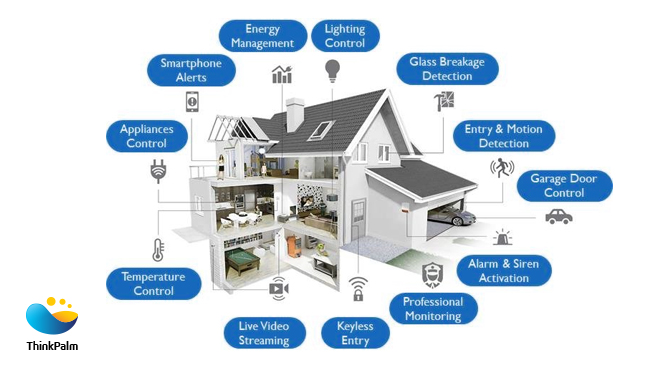
Living-in-the-Future-How-IoT-is-Making-Life-More-Connected-Than-Ever-Before
A List of Popular IoT Devices You Can Use Right Now
-
Smart thermostats (Nest, Ecobee)
-
Voice assistants (Alexa, Google Home)
-
Fitness trackers (Fitbit, Garmin)
-
Smart lights (Philips Hue)
-
Security cameras (Ring, Arlo)
Each offers unique benefits tailored to different needs.
What Makes IoT Unique Compared to Traditional Tech?
IoT’s defining trait is connectivity—devices communicating autonomously to create intelligent ecosystems, unlike isolated gadgets.
Where Is IoT Headed Next?
The future points toward even deeper integration: smart cities with interconnected transport, AI-driven predictive healthcare, and fully automated homes learning and adapting dynamically.
When Will IoT Become Ubiquitous?
While many IoT devices are mainstream now, true ubiquity is expected within the next 5 to 10 years as costs fall and technologies mature.
Who Benefits Most from IoT?
Consumers gain convenience and safety; businesses achieve efficiency and new revenue streams; governments improve public services; and the planet benefits from optimized resource use.
We explored how IoT is seamlessly embedding itself into our homes, health, and industries, reshaping everyday experiences. Now, we venture deeper into specific sectors where IoT’s impact is revolutionary—smart cities, transportation, agriculture, and energy management. These domains highlight IoT’s capacity to optimize complex systems, making our world smarter and more sustainable.
Smart Cities: Building the Future Today
As urban populations swell, cities face mounting pressures: congestion, pollution, energy demands, and safety challenges. IoT offers smart, scalable solutions that can turn chaotic urban landscapes into efficient, livable spaces.
Smart Traffic Management: Tackling Congestion
IoT-enabled traffic sensors, cameras, and connected vehicles communicate to reduce bottlenecks and accidents. Real-time traffic data allows adaptive signaling that prioritizes flow, reduces idling, and improves emergency response times.
Impact on Commuters and Environment
By cutting average commute times and vehicle emissions, smart traffic systems enhance quality of life and reduce carbon footprints.
Waste Management: Cleaner Cities with Less Effort
Smart bins equipped with fill-level sensors signal when they need emptying, optimizing collection routes and reducing unnecessary pickups.
Cost Savings and Environmental Benefits
Cities save on fuel and labor costs, while cleaner streets improve public health and aesthetics.
Public Safety and Surveillance
IoT-connected surveillance cameras, gunshot detectors, and emergency systems provide law enforcement with real-time situational awareness, enabling faster, more precise responses.
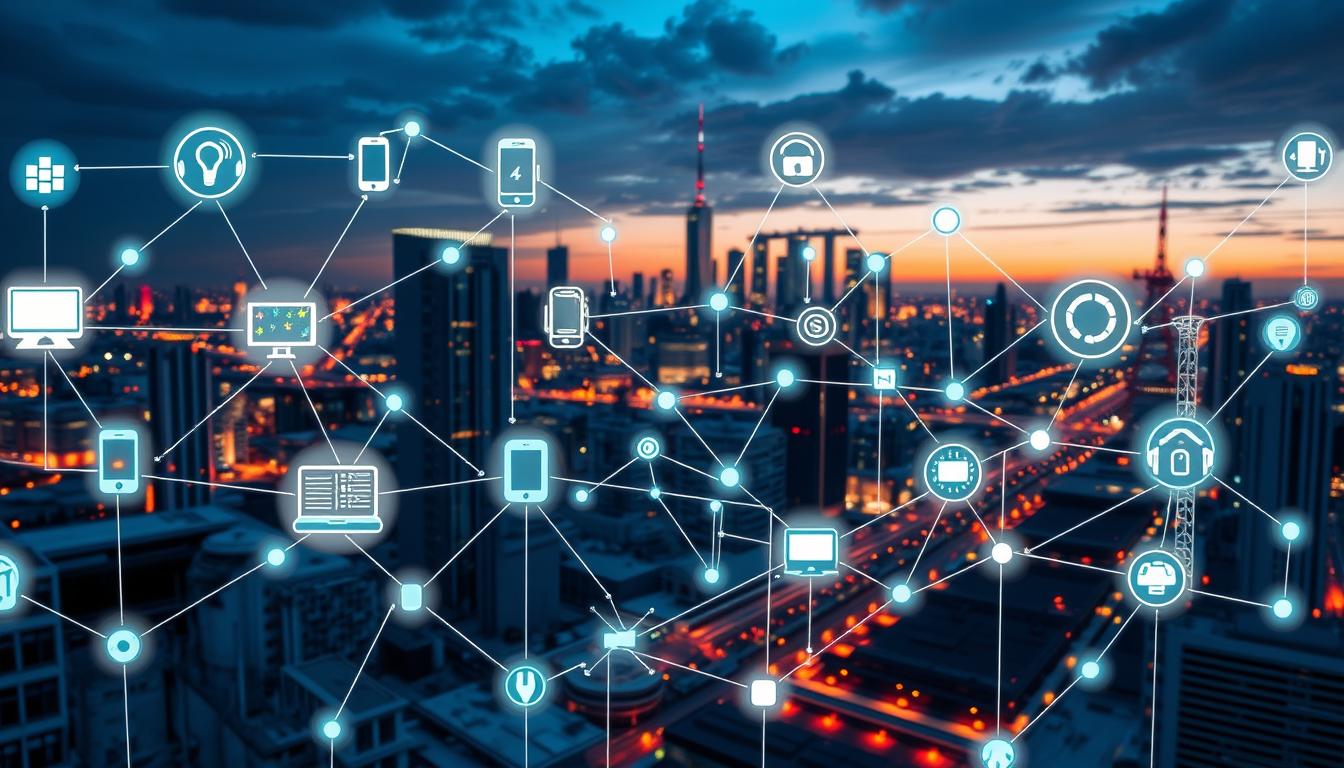
The-Internet-of-Things-IoT
Transportation and Logistics: The IoT Backbone
The transportation sector is being transformed by IoT, with connected fleets, autonomous vehicles, and intelligent infrastructure driving efficiency and safety.
Fleet Management: Smarter, Safer Logistics
Sensors monitor vehicle health, driver behavior, and cargo conditions, ensuring timely deliveries and reducing accidents.
Data-Driven Decisions
Managers access dashboards showing real-time vehicle locations and predictive maintenance alerts, optimizing routes and minimizing downtime.
Autonomous Vehicles: The Road Ahead
Self-driving cars and trucks rely heavily on IoT sensors and networks to perceive surroundings, communicate with other vehicles, and make instant decisions.
Challenges and Opportunities
While the technology promises fewer accidents and improved traffic flow, widespread adoption hinges on regulatory approvals and robust cybersecurity measures.
Agriculture 4.0: Feeding the Future with IoT
IoT in agriculture is a game-changer, enabling precision farming that boosts yield, reduces waste, and conserves natural resources.
Soil and Crop Monitoring
Sensors track soil moisture, nutrient levels, and crop health, providing farmers with detailed data to optimize irrigation and fertilization.
Enhancing Productivity
With data-driven insights, farmers can make timely decisions, preventing crop failures and maximizing output.
Automated Farming Equipment
Tractors and harvesters equipped with GPS and IoT connectivity operate autonomously or semi-autonomously, improving efficiency and reducing labor costs.
Energy Management: Powering a Sustainable Future
IoT empowers both consumers and utilities to optimize energy usage, integrating renewable sources and reducing waste.
Smart Grids: Dynamic Energy Distribution
IoT sensors monitor consumption patterns and grid health in real time, enabling utilities to balance loads, prevent outages, and integrate solar or wind power efficiently.
Consumer Benefits
Smart meters provide detailed feedback on household energy use, encouraging conservation and cost savings.
Home Energy Management Systems
These systems integrate solar panels, battery storage, and smart appliances, allowing homeowners to produce, store, and use energy intelligently.

Houses-of-the-future-dome-house
Industrial IoT (IIoT): Redefining Manufacturing
The industrial sector leverages IoT for automation, safety, and data analytics, creating smarter factories and supply chains.
Connected Robotics and Automation
Robots equipped with sensors collaborate seamlessly with human workers, enhancing productivity and precision.
Real-Time Quality Control
IoT devices monitor production processes, detecting defects instantly and reducing waste.
Table: IoT Applications Across Sectors
| Sector | Key IoT Use Cases | Benefits |
|---|---|---|
| Smart Cities | Traffic management, waste collection, surveillance | Reduced congestion, cleaner cities, enhanced safety |
| Transportation | Fleet monitoring, autonomous vehicles | Cost savings, improved safety |
| Agriculture | Soil sensors, automated machinery | Increased yield, resource conservation |
| Energy | Smart grids, home energy systems | Efficient energy use, integration of renewables |
| Manufacturing | Robotics, quality control | Higher productivity, lower defects |
Why Is IoT Essential for Modern Cities?
Rapid urbanization demands smarter solutions to maintain livability. IoT enables cities to efficiently manage resources, reduce pollution, and enhance public safety, all while providing residents with better services.
Factors of Successful Smart City IoT Deployment
-
Strong collaboration between government, tech providers, and citizens.
-
Robust data privacy and security measures.
-
Scalable and interoperable technology platforms.
-
Continuous monitoring and adaptive management.
These factors ensure smart city projects deliver lasting value.
Reasons of Resistance to IoT Adoption in Some Sectors
Despite benefits, challenges such as high initial costs, privacy concerns, and lack of standardization slow adoption. Addressing these hurdles is crucial for broader IoT integration.
A Guide to Implementing IoT in Business and Industry
-
Assess business needs and pain points.
-
Select IoT solutions aligned with strategic goals.
-
Invest in cybersecurity and employee training.
-
Establish data governance policies.
-
Pilot projects before scaling up.
A thoughtful approach maximizes ROI and minimizes risks.
How Does IoT Transform Supply Chains?
By providing end-to-end visibility and real-time data, IoT reduces delays, enhances traceability, and enables proactive issue resolution.
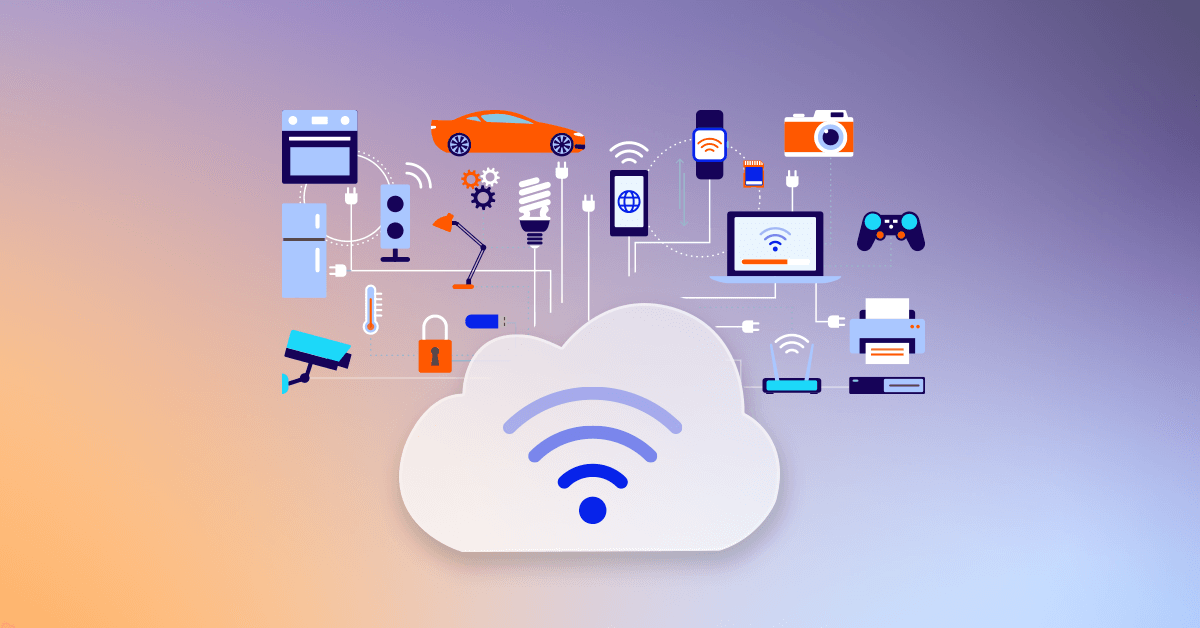
what-is-the-internet-of-things-iot
How to Prepare Your Workforce for IoT Integration
Upskilling employees in data literacy, cybersecurity, and IoT device management ensures smooth adoption and maximizes benefits.
A List of Leading IoT Platforms and Technologies
-
AWS IoT Core
-
Microsoft Azure IoT Hub
-
Google Cloud IoT
-
IBM Watson IoT
-
Cisco IoT Solutions
These platforms offer scalable, secure infrastructures for IoT applications.
What Are the Most Promising IoT Trends?
Edge computing, AI integration, 5G connectivity, and increased focus on IoT security are shaping the next wave of innovation.
Where Are IoT Investments Growing Most?
Investments are booming in healthcare, smart cities, industrial automation, and consumer electronics.
When Will IoT Reach Its Full Potential?
Experts predict that by 2030, IoT ecosystems will be ubiquitous, deeply embedded in every facet of daily life and business.
Who Are the IoT Innovators Leading the Way?
Tech giants like Google, Amazon, Cisco, and startups focusing on niche IoT solutions drive continuous advancement and adoption.
The Future of IoT: Challenges, Opportunities, and How to Thrive
Having examined how IoT transforms homes, cities, industries, and agriculture, now we explore the future landscape of IoT. We’ll uncover the biggest challenges ahead, emerging innovations, and practical steps to thrive in this connected era.
Overcoming IoT Challenges: Security, Privacy, and Interoperability
The expansion of IoT introduces critical concerns that must be addressed for sustainable growth.
The Security Dilemma: Guarding the Digital Frontier
IoT devices can be vulnerable entry points for cyberattacks if not properly secured. The sheer number of connected gadgets widens the attack surface, demanding robust encryption, regular updates, and security-by-design.
Privacy Risks and User Trust
Massive data collection by IoT devices raises privacy concerns. Transparent data policies and giving users control over their information build trust and compliance with regulations like GDPR and CCPA.
Interoperability: The Need for Standards
Fragmented protocols and incompatible devices hinder seamless IoT integration. Industry-wide standards and open platforms promote interoperability and accelerate innovation.
Emerging Innovations in IoT: AI, Edge Computing, and 5G
The future of IoT is intertwined with other cutting-edge technologies.
Artificial Intelligence Enhancing IoT Intelligence
AI algorithms analyze IoT data streams in real time, enabling predictive maintenance, personalized services, and autonomous decision-making.
Edge Computing: Bringing Intelligence Closer
Processing data near the source reduces latency and bandwidth usage, vital for applications like autonomous vehicles and industrial automation.
5G Connectivity: The Network Revolution
Ultra-fast, low-latency 5G networks unlock new IoT possibilities, supporting massive device density and mission-critical applications.
IoT and Sustainability: Driving a Greener Future
IoT solutions optimize resource usage and enable smart energy management, waste reduction, and environmental monitoring.
Smart Water Management
Sensors detect leaks, monitor quality, and optimize irrigation, conserving a precious resource.
Renewable Energy Integration
IoT coordinates distributed solar and wind assets, stabilizing grids and maximizing renewable use.
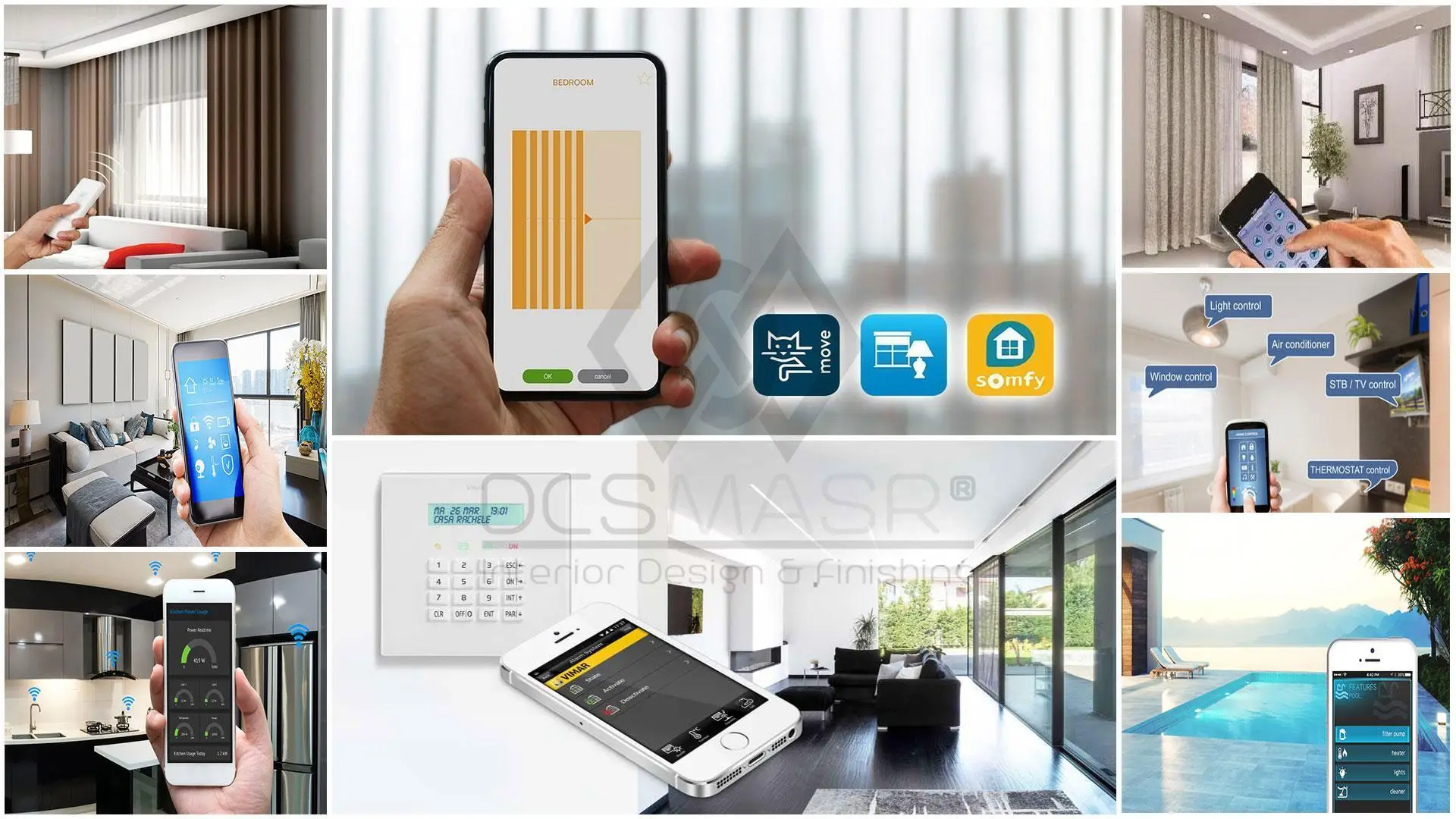
what-is-the-internet-of-things-iot
How Can Businesses Prepare for the IoT Future?
Adopting a forward-thinking mindset and investing in talent, infrastructure, and partnerships are key.
-
Cultivate a culture of continuous learning and innovation.
-
Prioritize cybersecurity and data ethics.
-
Collaborate with IoT ecosystem partners.
-
Pilot emerging technologies before full deployment.
How to Harness IoT Data Effectively
-
Implement robust data governance frameworks.
-
Use advanced analytics to extract actionable insights.
-
Balance automation with human oversight.
-
Respect privacy and comply with regulations.
A List of IoT Success Stories to Inspire
-
Smart factories reducing downtime by 30%.
-
Precision agriculture boosting yields by 20%.
-
Smart grids cutting energy waste by 15%.
-
Connected health devices improving patient outcomes.
What Are the Ethical Considerations in IoT?
Ensuring fairness, transparency, and user consent is critical to responsible IoT deployment.
Where Will IoT Create New Jobs?
Growth in IoT demands roles in device engineering, cybersecurity, data science, and system integration.
When Should Companies Start IoT Projects?
The best time is now: early adopters gain competitive advantage and shape industry standards.
Who Will Lead the IoT Ecosystem?
Collaboration between governments, tech innovators, industry leaders, and academia will drive progress.
Final Thoughts: Embracing the IoT Era with Confidence
The Internet of Things is not just a technology—it’s a paradigm shift that will redefine how we live, work, and interact with our world. By understanding its opportunities and challenges, and by preparing wisely, individuals and organizations can harness IoT’s full potential to create a smarter, safer, and more sustainable future.
Here is a detailed Table of IoT Implementation Costs designed to fit naturally within your article, providing clear insights into investment areas for IoT projects:
| IoT Implementation Cost Component | Description | Estimated Cost Range (USD) |
|---|---|---|
| Hardware Devices & Sensors | IoT sensors, actuators, gateways, and controllers | $50 – $500 per device |
| Connectivity & Network | Cellular, Wi-Fi, LPWAN, 5G modules and data plans | $10 – $100 per device/month |
| Software & Platforms | IoT management platforms, analytics software | $1,000 – $100,000+ annually |
| Security Measures | Encryption tools, firewalls, monitoring services | $500 – $50,000+ depending on scale |
| Installation & Integration | Labor, system integration, custom development | $5,000 – $100,000+ depending on complexity |
| Maintenance & Support | Firmware updates, technical support, monitoring | $500 – $20,000+ annually |
| Data Storage & Processing | Cloud services, edge computing infrastructure | $100 – $10,000+ monthly |
This cost breakdown helps businesses and individuals plan realistic budgets for IoT adoption, balancing investment and benefits.
